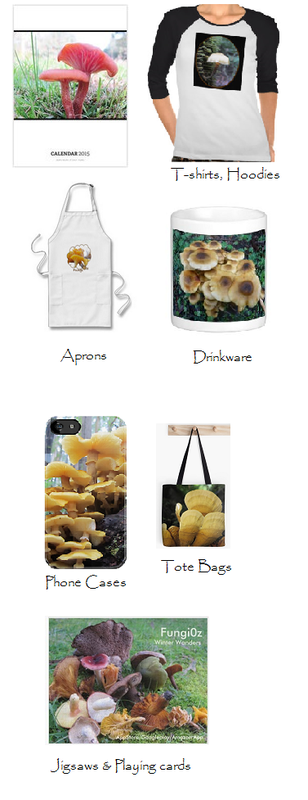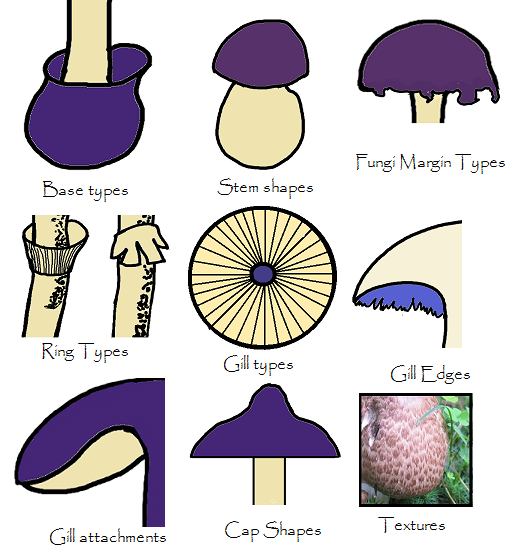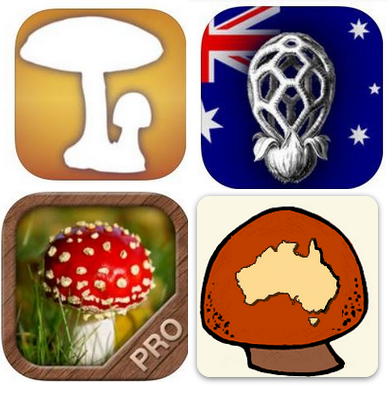|
Ramaria fungi are coral-like mushrooms with multiple branches. Their spores are ochre-yellow to brown-tinted and are ornamented with warts, striations or spines. Clavarias have white spores and do not branch multiple times. According to Geoffrey Young of Queensland Mycological society, of probably 100 Australian Ramaria species, only nineteen have published scientific descriptions. Currently, FungiOz app includes 17 Australian Ramarias, most of which are unidentified. Apparently many herbarium samples do not include adequate descriptions of macro features that can aid identification. Adding photos and descriptions of identifying characteristics to face-book posts of Ramaria fungi would therefore be more helpful than a single photo of the whole fungi. Important observable features include colour details, the shapes of the apices and branch axils, the texture of branches and whether or not there are rizomorphs or aborted branches that have not developed. A reasonably detailed recording sheet for describing macro features of Ramaria species can be found here. Below are examples of just some of the characteristics that can differ in Ramaria Clavaria, Aphalaria and other types of Coralloid fungi This Bolete mushroom's Pores and Tubes are initially white and very tightly packed before becoming yellow and wider. The mature pores have multiple shapes and the sporeprint is yellow-brown.
It's flesh is thick, white and does not bruise when cut or exposed to air. Found: Several years running, early in the season in narrow peppermint bushland, (EVC 45) in Forrest, the northern edge of Australia's Otway ranges. 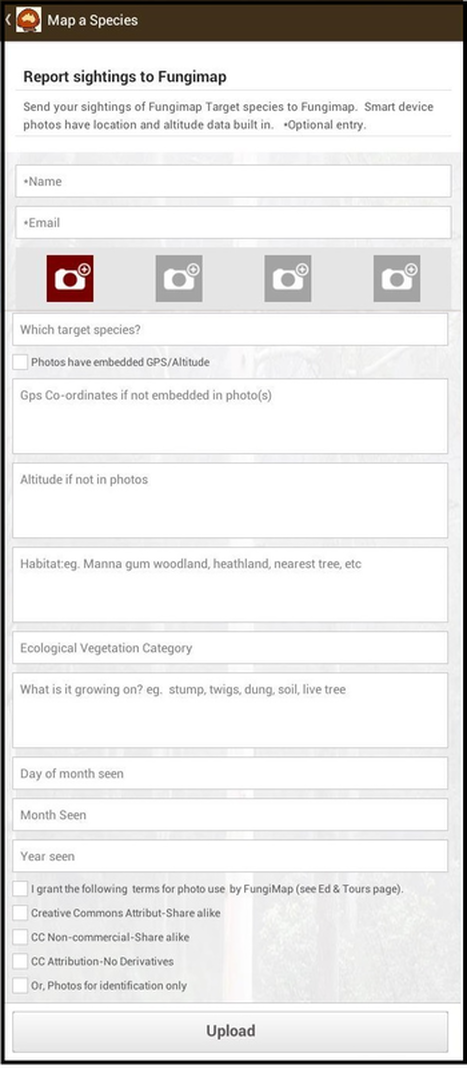 The FungiOz app form for easy reporting fungi sightings to FungiMap The FungiOz app form for easy reporting fungi sightings to FungiMap Did you know the Map a Species tab in FungiOz app makes it easy to report target fungi species to Fungimap? The form has been developed in consultation with Fungimap. You will notice that your name and email is optional but you need to make a selection from the copyright permission options to upload. Once your photos are on your I0S or android device you can easily upload without being tied to your computer and scanner. You can also fill in the form on your PC or MAC through the FungiOz.mobapp.at version of the app but you cant send photos using this method. Each month a spreadsheet with the information from all the uploaded forms are sent on to Fungimap. |
Australian FungiAustralia is estimated to have 200,000 fungi species compared with only 6,000 European. However, only about 12,000 Australian mushrooms have been identified with about 6,000 named and described. This website and Fungioz app are dedicated to increasing knowledge of both known and unidentified Australian mushrooms.
Archives
December 2014
Categories
All
About MeI am not a mycologist but have been fascinated by fungi since childhood sheep farm forays.. After moving to the northern edge of Australia's Otways National park I realised how many more wonderful species there are on uncultivated land.. I began photographing and researching and now sharing the ongoing results via FungiOz website and FungiOz app. Fungi identification via field characteristics alone is tentative as are any suggested identifications in FungiOz app and website. |
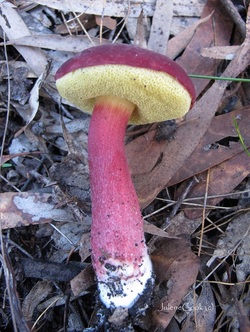
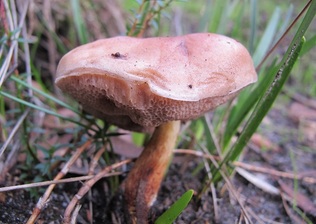
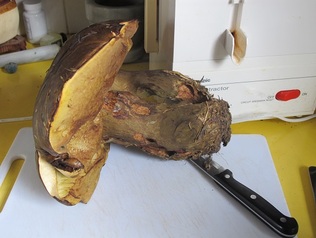

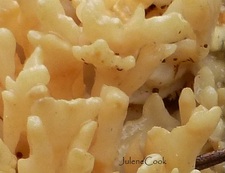
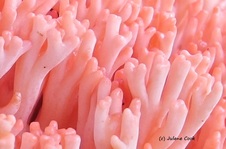
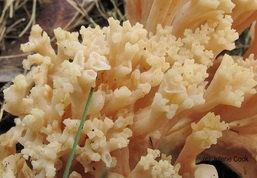
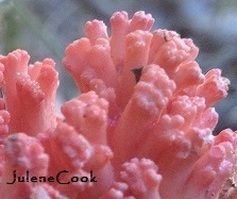

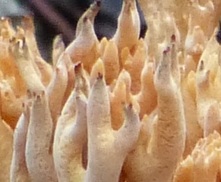
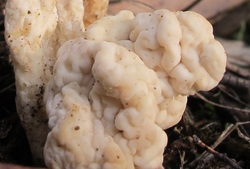
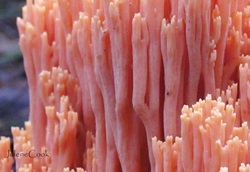
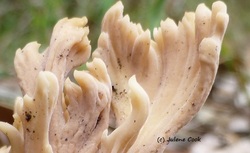
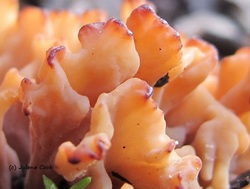
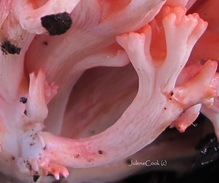
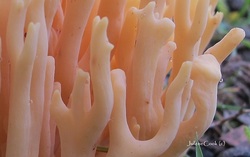
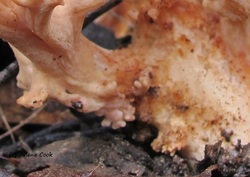
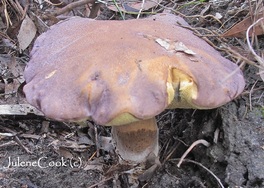
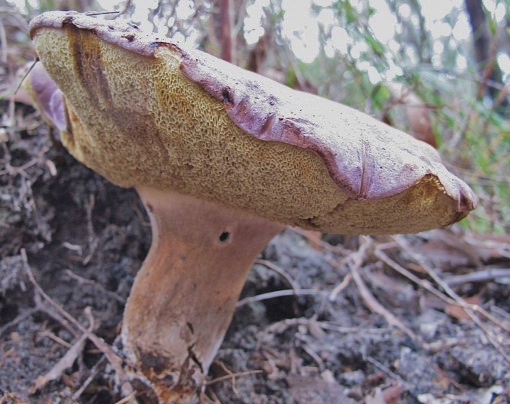
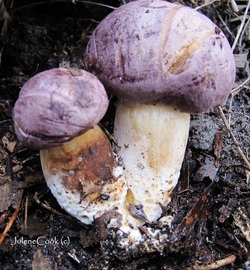
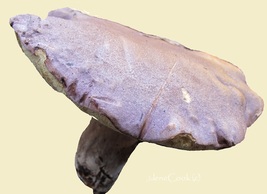
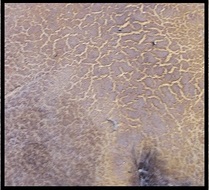
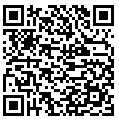
 RSS Feed
RSS Feed
